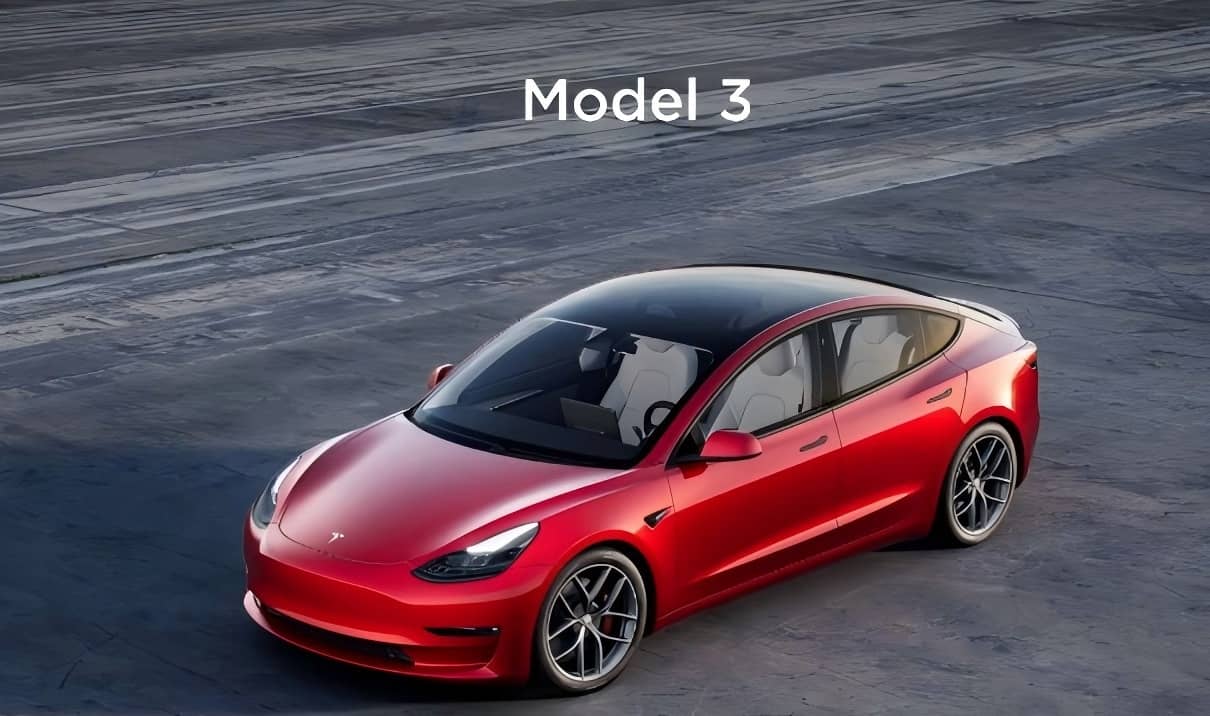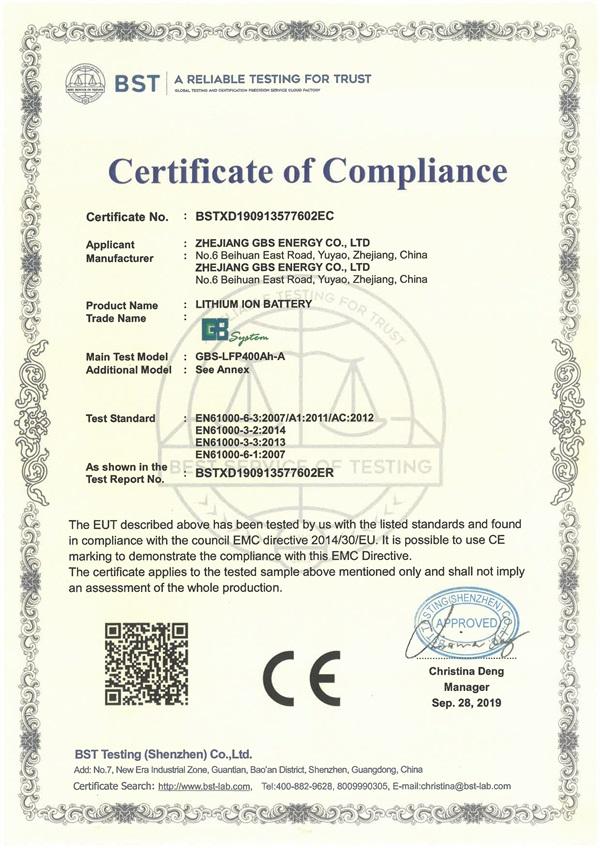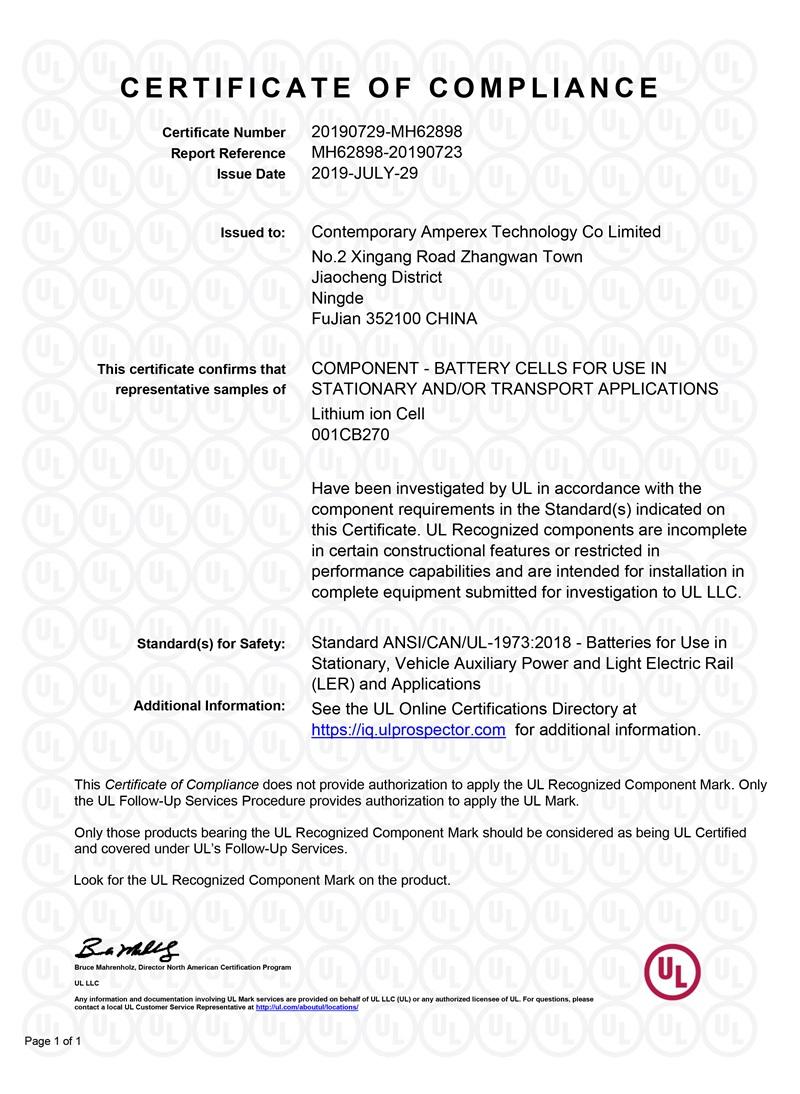News
Tesla Model 3 Upgrade! What is the Story Behind CATL M3P Battery?
2025-05-16 | Calvin

According to reliable sources, Tesla's upgraded domestic Model 3 will continue to improve its battery pack, with the base rear-wheel-drive version's capacity increasing from 60kWh to 66kWh, adopting CATL's new M3P lithium iron phosphate battery (lifepo4 battery).
The upgraded domestic Model 3, codenamed "Highland," is reportedly set for release in the third quarter, as revealed by industry insiders. Prior to this, Tesla's Shanghai Gigafactory has already undergone production line modifications in preparation.
What is the M3P Battery?
The M3P battery first entered public awareness during a private placement roadshow in February 2022, when CATL Chairman Robin Zeng mentioned it. Later, CATL Chief Scientist Wu Kai disclosed that the M3P battery had already entered mass production and would be applied in the market by 2023.
The M3P battery is a new battery developed by CATL based on a novel material system. Its energy density is higher than that of traditional LFP batteries, while its cost is more competitive than ternary lithium batteries—directly addressing the two major pain points of LFP and ternary batteries.
Improving efficiency, reducing costs, or achieving "cost-performance" has long been a key focus for power battery manufacturers, with one of the primary methods being the iteration and innovation of technology and material systems. From a technical perspective, whether it's high-nickel 8-series or 9-series batteries or lithium manganese iron phosphate (LMFP) itself, these advancements essentially represent continuous progress along the two mainstream paths of LFP and ternary batteries.
The M3P system, however, tends to carve out a new direction between LFP and ternary batteries. Analysts believe it could become an "excellent transitional system."
The M3P battery has always been shrouded in a veil of mystery, with its specific data and composition never fully disclosed to the public. Many speculate that the M3P battery is simply a lithium manganese iron phosphate (LMFP) battery, but the reality is more complex.
CATL has stated in research discussions that, strictly speaking, M3P is not just lithium manganese iron phosphate—it also includes other metal elements. The company refers to it as a "ternary phosphate system," with costs lower than ternary batteries but still accounting for a significant portion of an electric vehicle's overall cost.
From CATL's fragmented hints, it’s difficult to piece together the full picture of M3P's material structure, but some institutions have provided a rough outline. Shenwan Hongyuan Securities noted in a research report:
The M3P system uses the olivine structure of lithium iron phosphate as its foundational crystal lattice. By doping two of the metallic elements—magnesium, zinc, or aluminum—it substitutes some iron sites, forming a ternary phosphate system to improve charge-discharge capacity and cycle stability.
Why incorporate other metallic elements? Analysts point out that embedding metal ions into lithium manganese iron phosphate can achieve better charge-discharge capacity and cycle stability. For example, using the smaller-radius Mg2+ to replace manganese ions can reduce lattice distortion caused by manganese ions, facilitating lithium-ion diffusion and thereby improving the material's conductivity.
In terms of production processes, M3P synthesis builds upon LMFP techniques, employing high-temperature solid-state reactions, hydrothermal synthesis, or co-precipitation—all mature methods suitable for mass production.
Regarding cost and application prospects, as CATL has indicated, "M3P costs are lower than ternary batteries." The report also states that the ternary phosphate M3P material costs significantly less than high-nickel ternary systems, making it highly suitable for mid- to low-end vehicle models.
At the World Power Battery Conference in July 2022, Wu Kai stated that M3P batteries could target mid-range vehicles with a range of around 700km. Previously, CATL used mid- or low-nickel ternary cathode materials for such models, which were relatively more expensive. Combined with the structural design of the "Qilin Battery" pack, M3P's new materials can also meet the needs of these vehicles.
According to CATL’s 2022 annual report, one of its key R&D focuses was the M3P battery, aimed at improving energy density and reducing costs. The M3P battery is already being rolled out to customers, with R&D goals centered on enhancing energy density and low-temperature discharge performance in phosphate systems while balancing range and cost advantages. Such improvements would strengthen CATL’s competitiveness in the phosphate battery sector.
The M3P battery represents another innovation in cathode materials by CATL following its sodium-ion battery. If successfully commercialized on a large scale, it could significantly influence the technological evolution of the power battery industry. Beyond cost reduction and improved safety, the widespread adoption of M3P batteries would have another major implication: further reducing the market share of ternary lithium batteries.
In fact, the primary reason ternary lithium batteries became mainstream was their higher energy density, enabling longer driving ranges. Before charging infrastructure became widespread, ternary batteries held significant importance.
However, the current reality is that most mainstream EVs already offer ranges exceeding 600km, sufficient to meet the majority of users' needs. With range anxiety largely alleviated, consumers are now more focused on pricing, safety, and other factors—areas where ternary lithium batteries fall short.
If CATL’s M3P battery achieves large-scale adoption, the power battery market landscape could shift noticeably, and consumers' vehicle purchase costs may decrease substantially. With EV adoption rates still relatively low, such innovative technologies are precisely what the industry needs to drive further growth.
- Next: BYD Unveils Revolutionary Battery-Box HVE System with Power-Box Inverters for Residential Energy Independence
- Previous: Sunwoda’s Consumer Semi-Solid-State Battery Production Exceeds 8 Million Units
Contact Details
Lithium LiFePO4 Batteries and Lithium LiFePO4 Cells Supplier - LiFePO4 Battery Shop
Contact Person: Miss. Elena Wang
WhatsApp : +8615263269227
Skype : +8615263269227
WeChat : 15263269227
Email : info@lifepo4batteryshop.com
All Products
Certification
Customer Reviews
- I have fond memories of our meeting in Shanghai with LiFePO4 Battery Shop Elena. Your company left a strong impression on me with its impressive growth and professionalism. We both value straightforwardness and honesty, which I believe are the most important qualities in any partnership. I am confident that we can build a successful collaboration based on these shared values. —— Robert from USA
- I've been working with LiFePO4 Battery Shop for years, and their reliability is unmatched. While other suppliers frequently change sales teams, LiFePO4 Battery Shop has consistently provided exceptional service with a stable team. Their commitment to quality and customer support truly sets them apart. —— Henry from Australia



